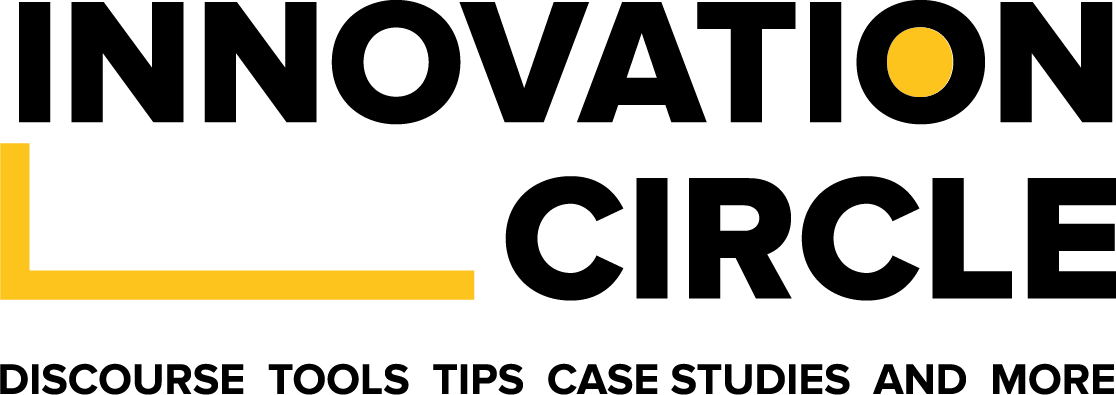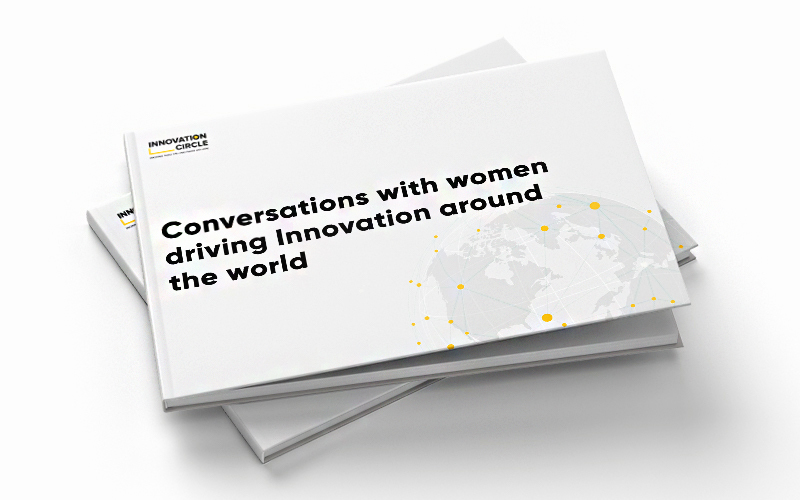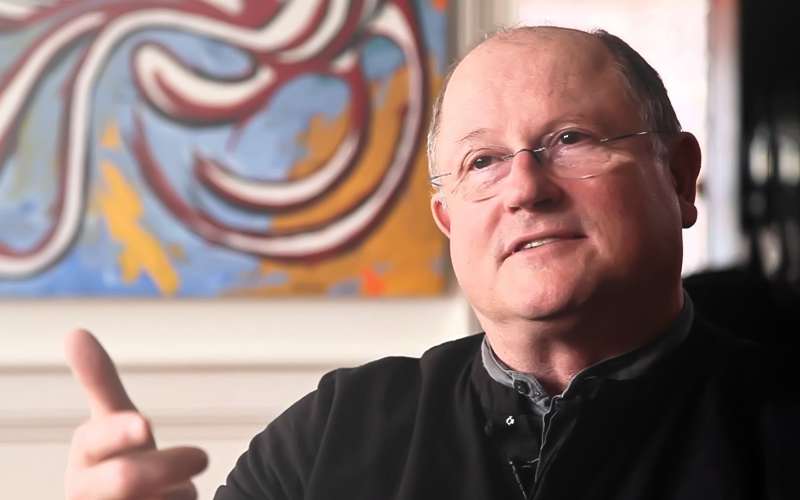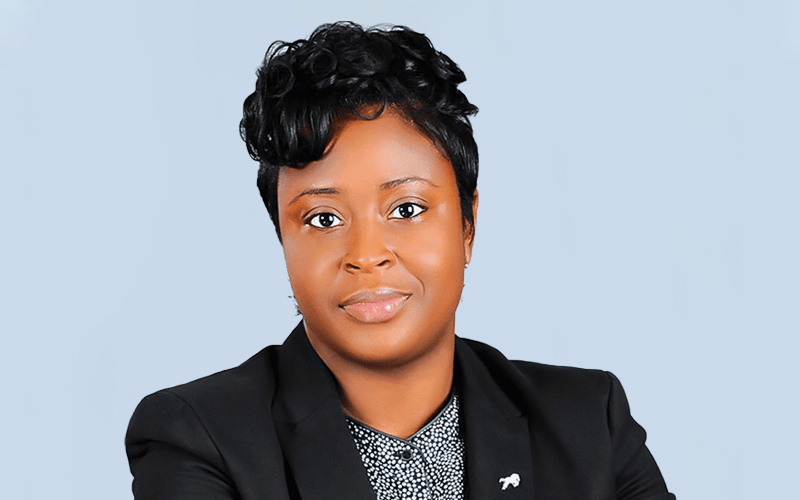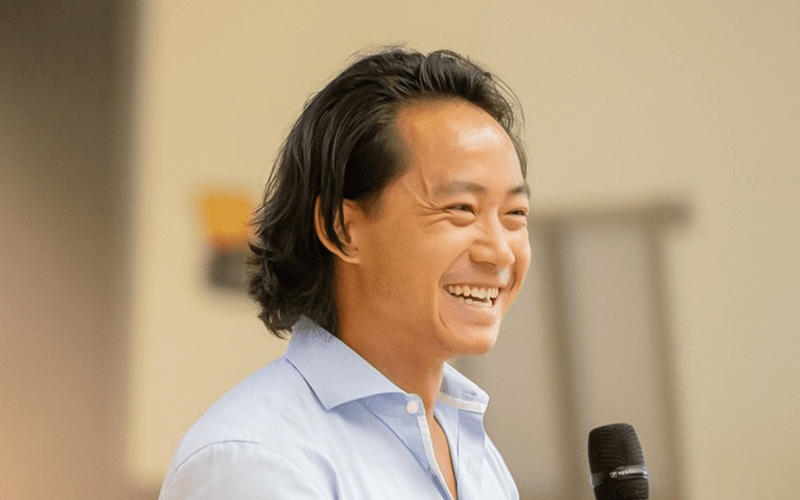
A Conversation with Chris Wan, Strategic and Experience Design Specialist
“The simplest advice to improving product or service experiences is for companies to have regular contact with their customers and to start this as early as possible.”
You’ve had an impressive career, from IBM to Hasso Plattner Institute. Can you share what you do as a Strategic and Experience Design Specialist?
As a Strategic and Experience Design Specialist, I uncover user needs and problems to design relevant solutions for users that also address business requirements and long-term strategic goals. This ensures that such solutions are actually desirable and usable while businesses also have the right incentives and benefits to invest in satisfying these user needs.
What is Experience design and how is it relevant for businesses?
There can be a lot of different understandings as to what a (User) Experience (or UX) Designer does and the definitions can vary when you start to look it up online. However, first and foremost, Experience Designers must advocate the needs of the users through user research and testing – usually qualitative. In analyzing these findings, we have a more accurate understanding of the users’ problems and pain points and only then can we start to create solutions to address them. This refers to the point of desirability – whether or not users really need or desire such a solution. There’s another side to Experience Design that focuses on usability by ensuring that a given product, service or system creates a positive and intuitive experience so that users are more likely to use it correctly and/or are happy to continue using it in the future.
One of your goals is to uncover and convert user insights into tangible solutions that not only meet user needs but also business objectives. Can you elaborate on this?
The role of an Experience Designer is about understanding and advocating for users, their needs, problems and pain points to design more relevant solutions. Making these solutions as tangible as possible early in the development process is necessary to better test and validate these ideas with users and iterate based on their feedback. However, addressing users’ needs quite often doesn’t line up with business objectives that are frequently driven by profit and benefits to the business itself. This means that many ideas and solutions need to be explored early on to ensure that some can be found that satisfy both user as well as business needs. Designers today are getting better at understanding and “speaking” business to improve their stakeholder management skills as this also increases the likelihood of getting investment and support for an idea.
Can you share with us the common problems or challenges businesses face in relation to their product offering experience?
Regardless of what size or type of business, the most common challenge or hurdle that I face in delivering a great product experience is budget and time. Quite often you hear a client or senior management saying that there isn’t enough time to do a proper user research phase before development or there isn’t enough budget to do a user test before an idea gets carried forward. This is also usually a result of people either understanding Experience Design at a very superficial level or misunderstanding it completely – expecting aesthetics and visual design to be the full experience and neglecting to see the actual benefits of it. I think an important way to work around this is if people don’t understand Experience Design, then the education of it is needed and this is also where “speaking” business becomes a powerful skill. The benefits of Experience Design then need to be made clear and the only way to communicate this effectively is to “speak their language” of gains and losses.
“Quite often you hear a client or senior management saying that there isn’t enough time to do a proper user research phase before development or there isn’t enough budget to do a user test before an idea gets carried forward.”
Based on your knowledge as a strategic and experience designer, how will you advise businesses offering digital and physical services to improve the experience of their customers around their offering?
The simplest advice to improving product or service experiences is for companies to have regular contact with their customers and to start this as early as possible. Quite often in traditional business models, a lot of ideas and concepts arise from within an organization without any contact with the customer or understanding of their needs.
“The simplest advice to improving product or service experiences is for companies to have regular contact with their customers and to start this as early as possible.”
This leads to creating irrelevant solutions with terrible experiences because all concepts and ideas were developed from unvalidated assumptions. Assumptions are fine to work with, but they need to be recognised as assumptions and should therefore be validated with customers/users through research and testing. This also means working iteratively and being open to changing ideas.
“Assumptions are fine to work with, but they need to be recognised as assumptions and should therefore be validated with customers/users through research and testing.”
Which companies do you admire for the way they designed experiences around their products offering and what particularly stood out to you?
Apple is a clear and obvious choice – at least in the past. They designed smooth, intuitive and seamless experiences within and between their products that customers were and still are willing to pay top dollar for it. AirBnB and Withings are also companies that clearly have a strong focus on good design that has led to a beautiful experience in their products.
“Apple is a clear and obvious choice – at least in the past. They designed smooth, intuitive and seamless experiences within and between their products that customers were and still are willing to pay top dollar for it.”
As an experience design specialist, what is your #Innovationmoment? (something you have done, and feel has really been inspiring)?
My favourite #innovationmoment came from my time as a student at the Hasso Plattner Institute, School of Design Thinking in Potsdam, Germany where we worked with Radioeins, a German radio station regarding the future of radio. Unfortunately, it didn’t get carried very far forward as we were less experienced with stakeholder management but it’s a project that I still hold dear to me as I still believe it would have a lot of impact if implemented properly with a fully dedicated team. The insights that we found from our user research were so powerful and exciting that we were able to get a funding of 30 000 € for 6 months after the course was over to further develop our idea into a Beta version. In the end, it was a desirable idea and there were a lot of potential benefits for radio stations but as I mentioned, due to a lack of experience and also a lack of dedication to the project (pretty much all team members including myself were employed elsewhere at the time and this was merely a side project), it didn’t get carried forward any further after the 6 months. Perhaps I’ll revisit and revitalize the project sometime soon if I have the time!
#innovationmoment
“My favourite #innovationmoment came from my time as a student at the Hasso Plattner Institute, School of Design Thinking in Potsdam, Germany where we worked with Radioeins, a German radio station regarding the future of radio… The insights that we found from our user research was so powerful and exciting that we were able to get a funding of 30 000 € for 6 months after the course was over to further develop our idea into a Beta version.”
